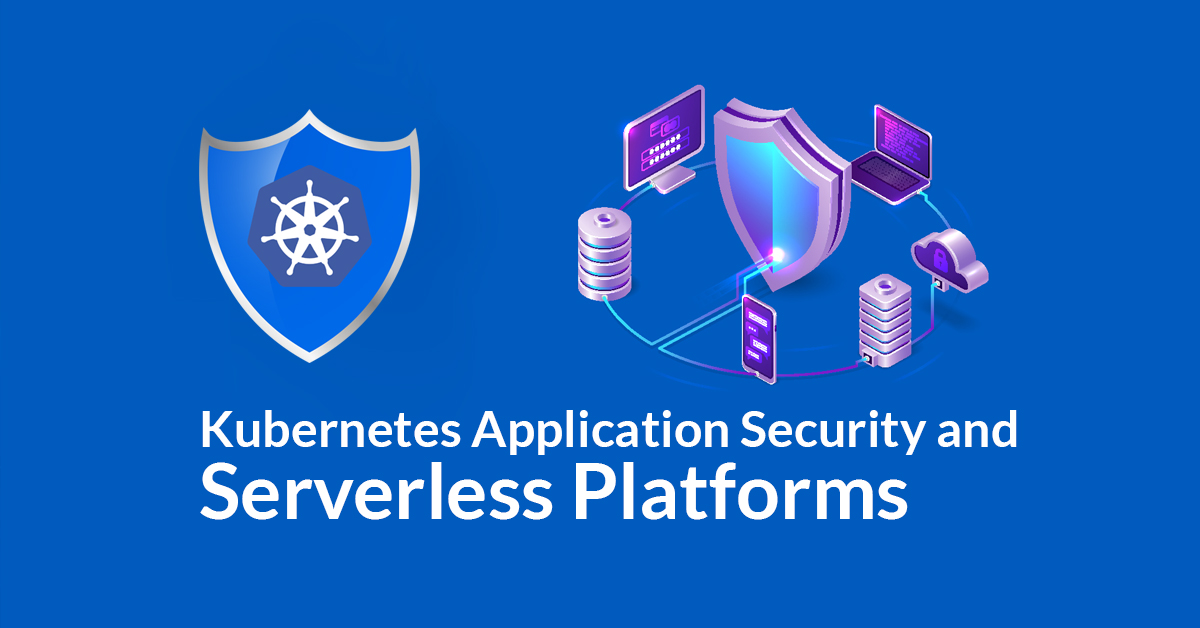
Kubernetes Application Security and Serverless Platforms
A lot of people aren’t aware of the nature of the term “serverless” and to understand the gravity of the

A lot of people aren’t aware of the nature of the term “serverless” and to understand the gravity of the
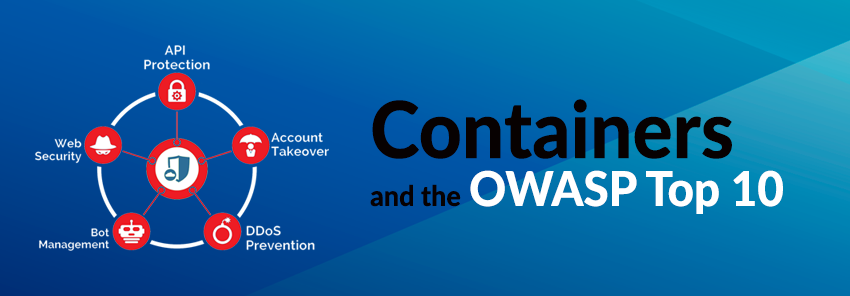
The Open Web Application Security Project (OWASP) periodically publishes a list of the top 10 web application security risks. The
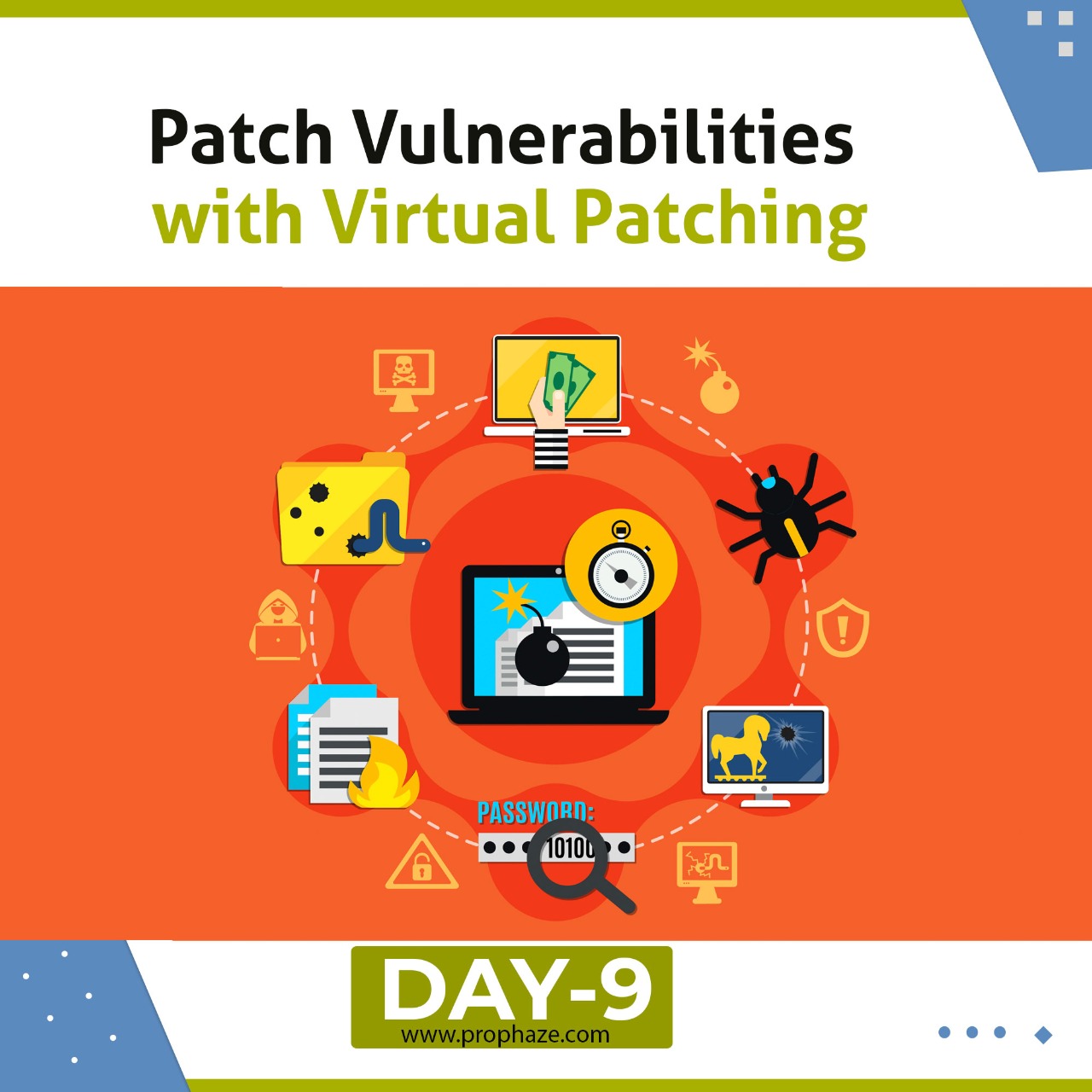
Virtual patching demands applying a layer of security policy that prevents and intercepts vulnerability exploitation. A productive solution requires the
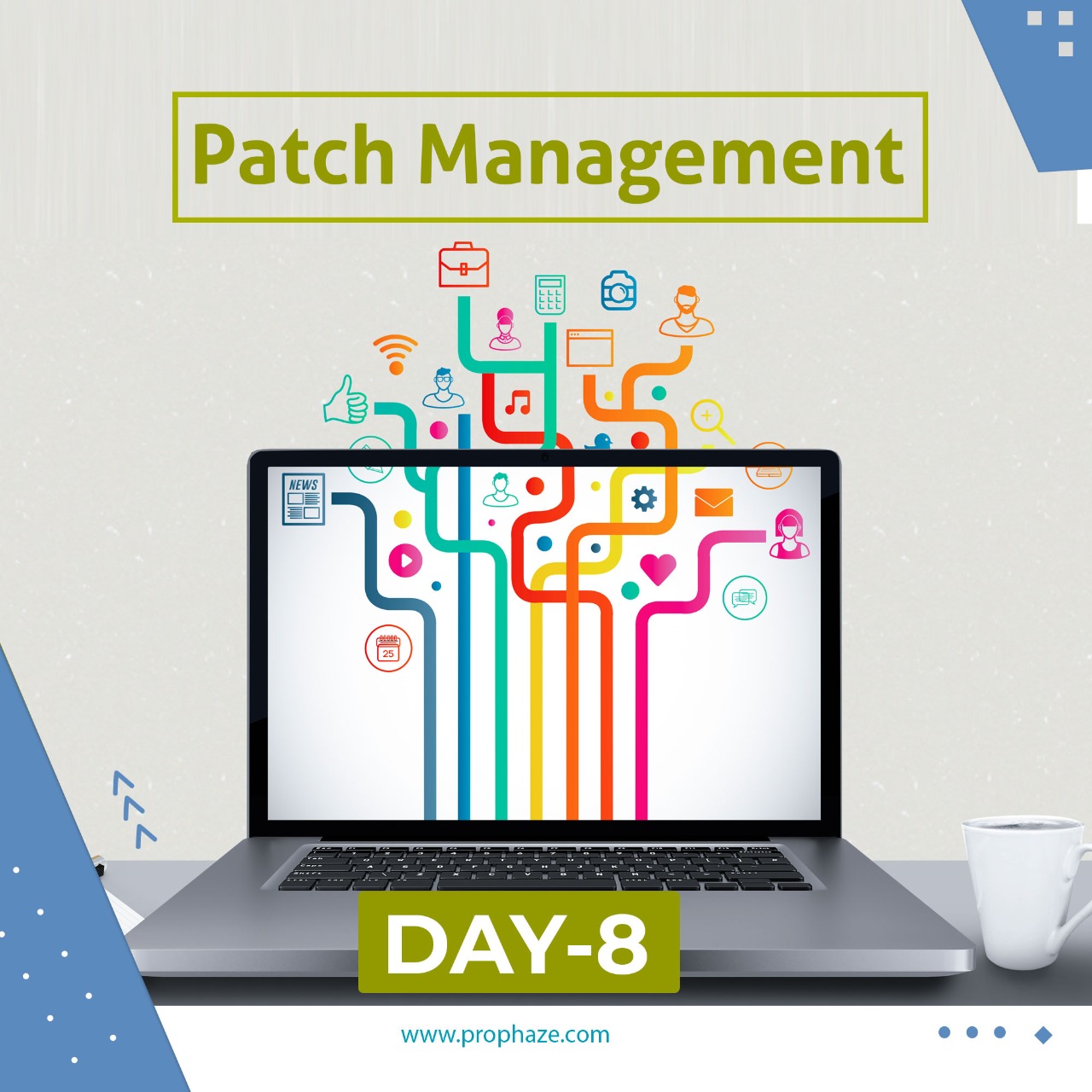
Patch Management is a strategic process of acquiring, testing, and installing updated software. But, most of the companies find themselves comply

From the technical point of view, the initial mitigation strategy would be for an organization to rectify the discovered vulnerability
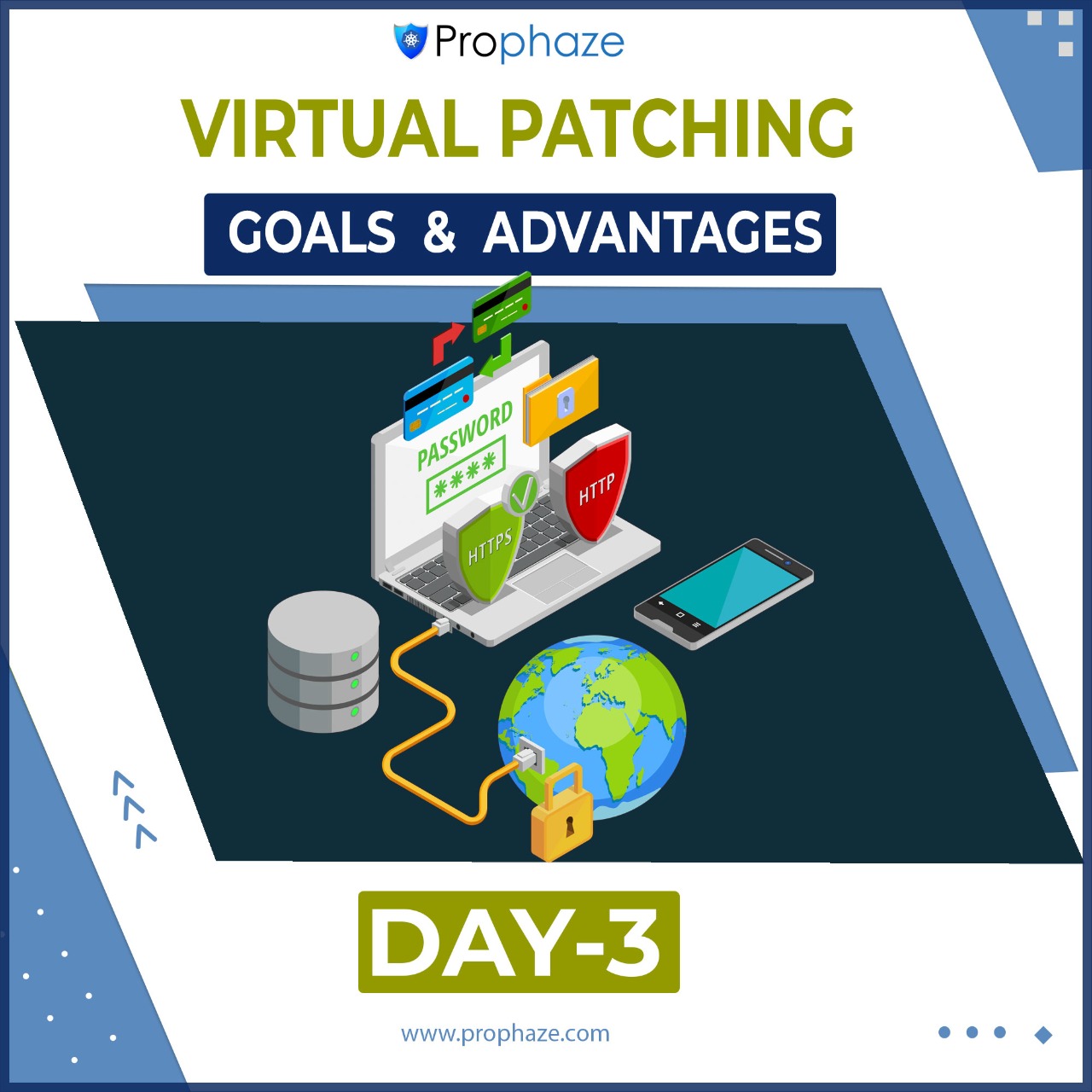
Today’s systems can be considered as very advanced as well as complex, with multiple dependencies and interrelationships. It requires a
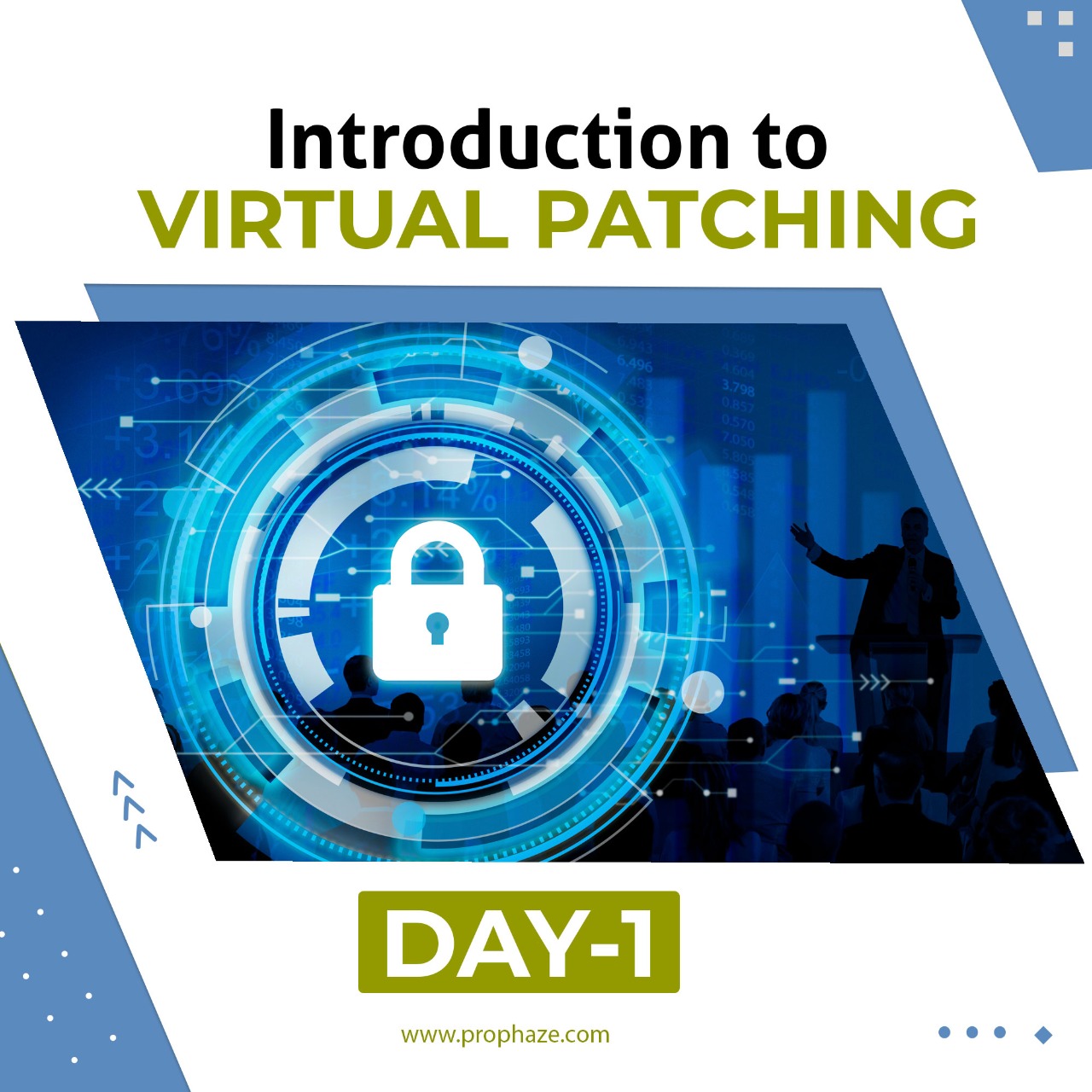
“Virtual Patching” is a term that was initially used by Intrusion Prevention System vendors many years ago. It is also
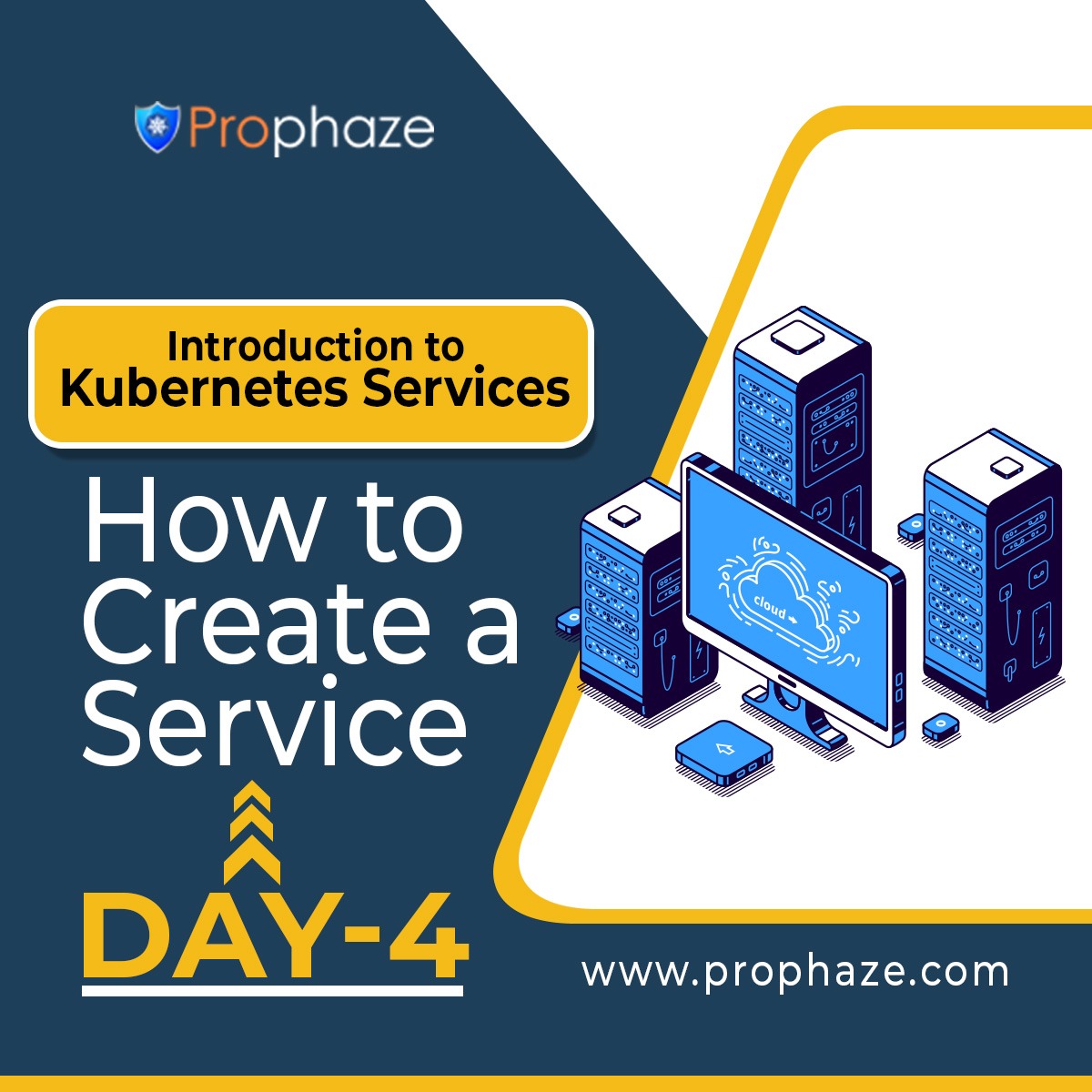
With the running application, we want to access one service. Let’s create a ClusterIP type of service. We can: Create
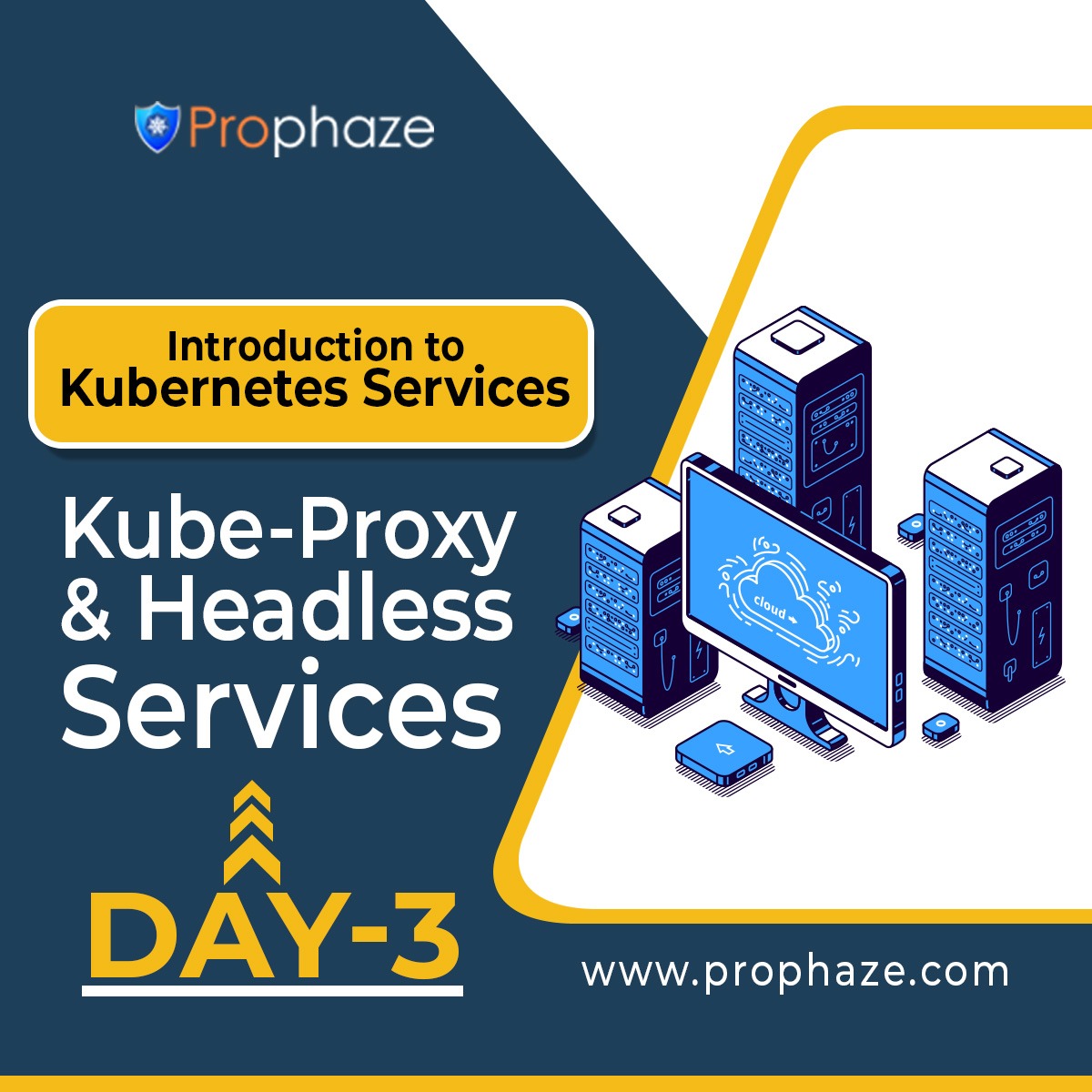
Kube-Proxy Kube-proxy implements a form of virtual IP for services for all types except ExternalName. Three modes are: (a) Proxy-mode:
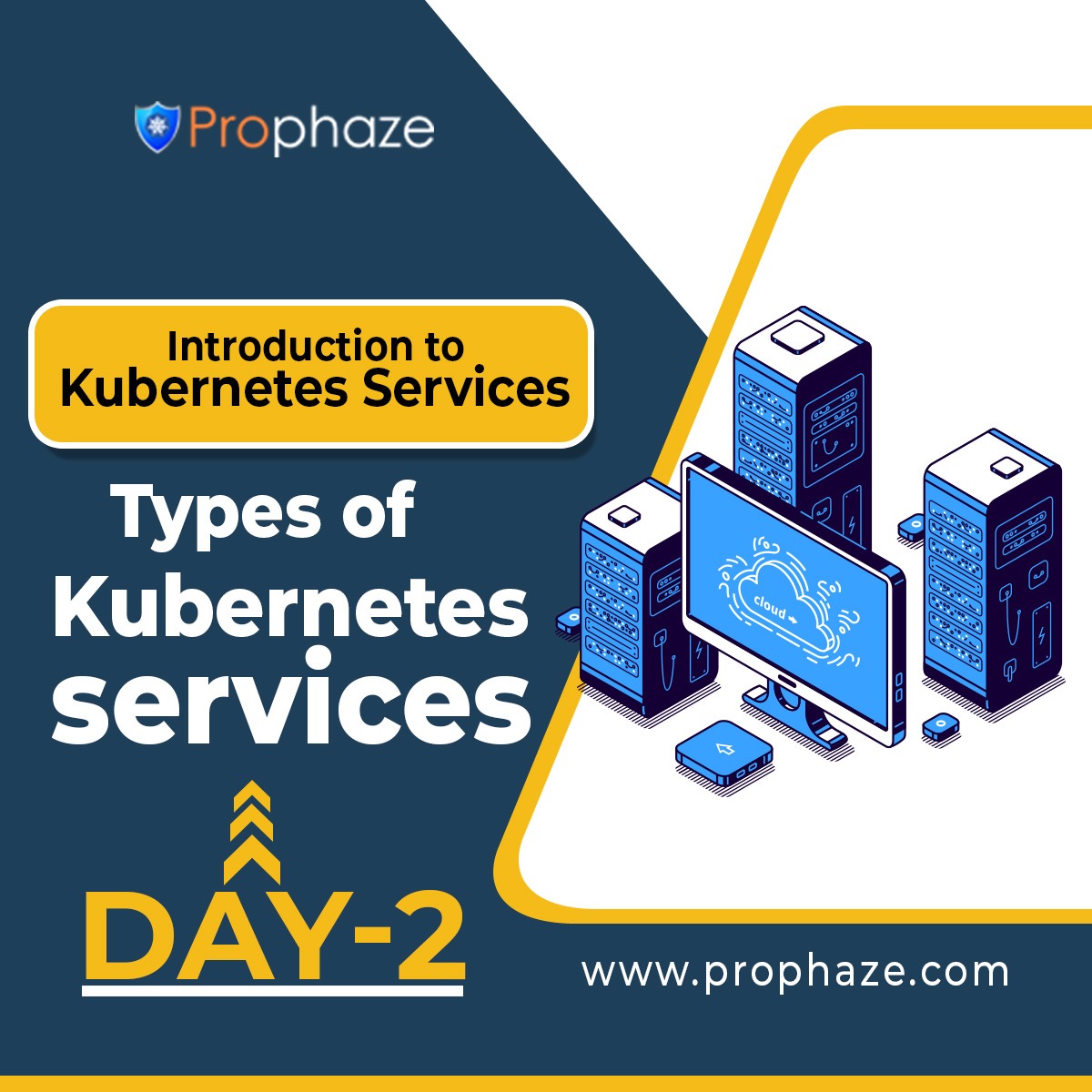
Key Terms Nodes: Virtual host(s) on which containers/pods are running. Kubernetes Service: A logical set of pods that perform identical
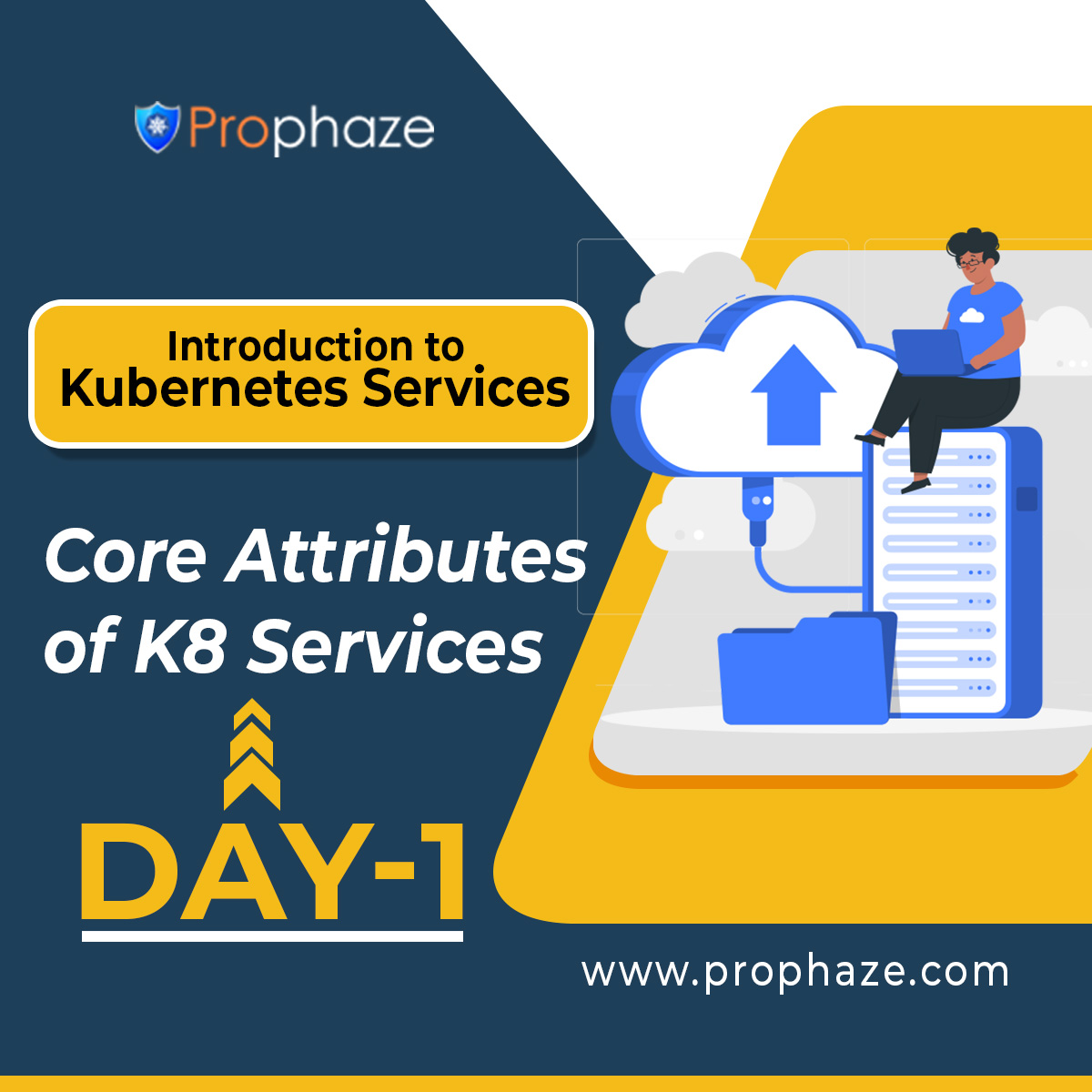
Key Terms: Pods: One or more containers that shares the storage and network with a Kubernetes configuration, mentioning the behavior
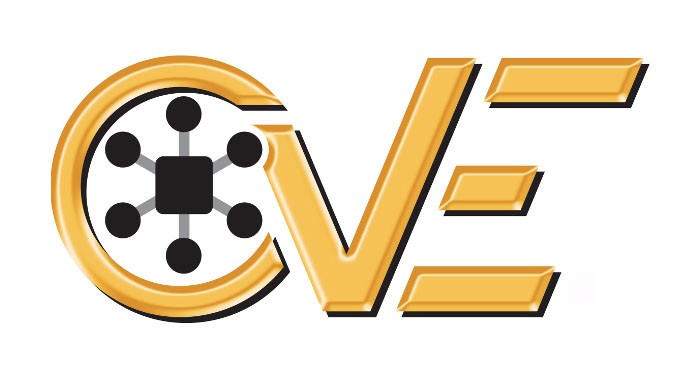
Overview : Access controls vulnerabilities in containerd containers Affected Product(s) : containerd v1.4.2 containerd v1.3.8 Vulnerability Details : CVE ID

Overview : Privilege issues in Kubernetes kube-apiserver Affected Product(s) : kube-apiserver v1.18.0-1.18.5 kube-apiserver v1.17.0-1.17.8 kube-apiserver v1.16.0-1.16.12 all kube-apiserver versions prior